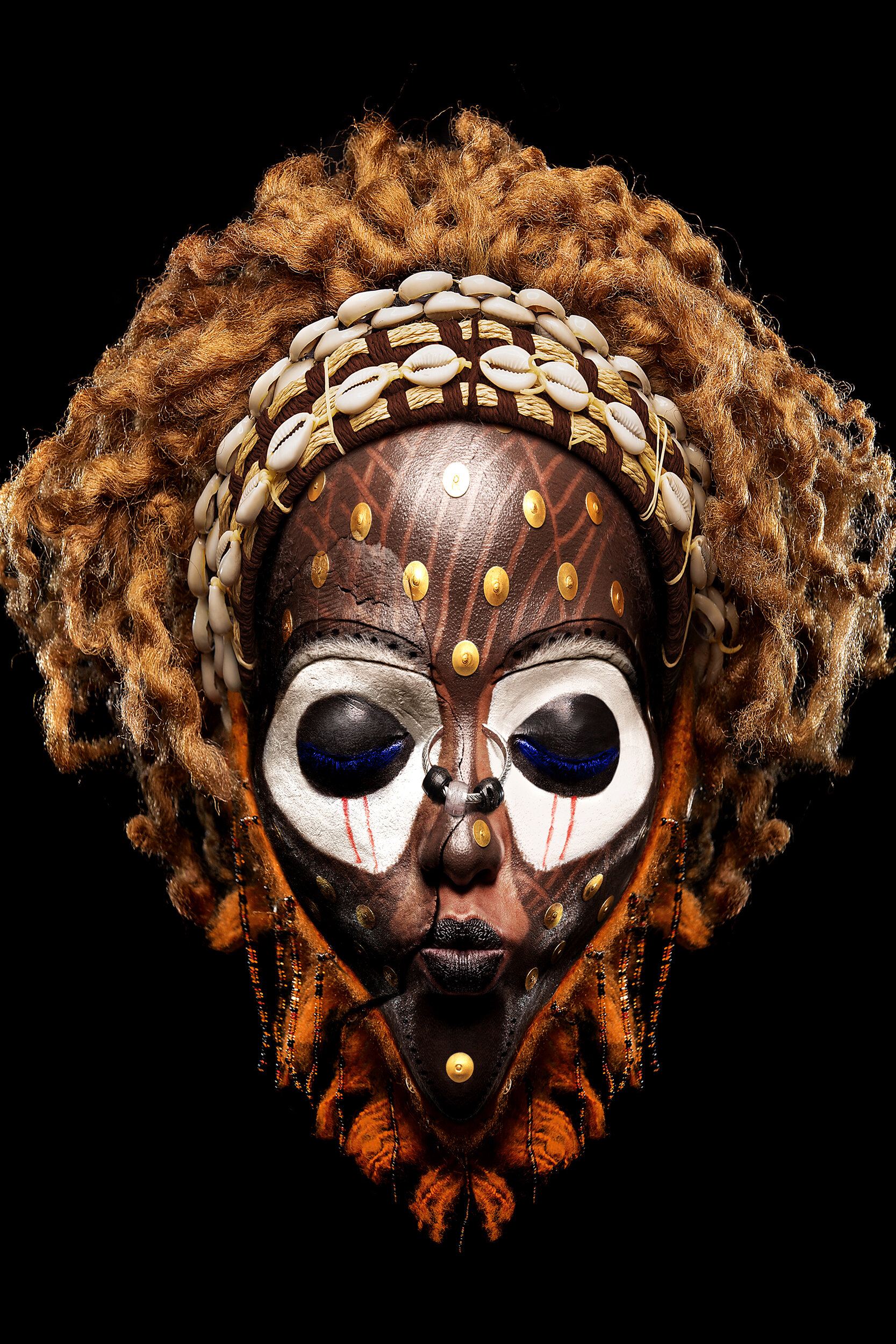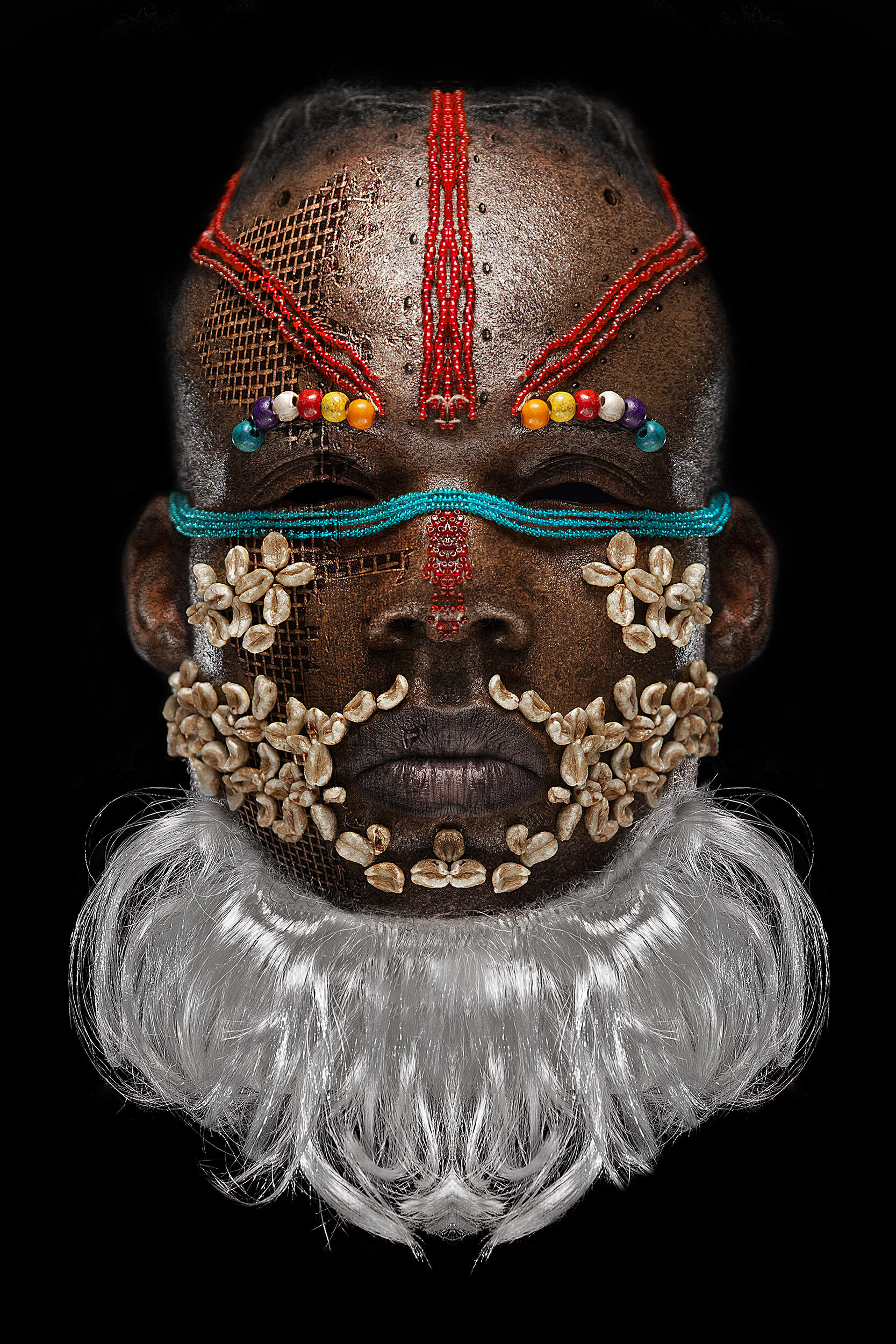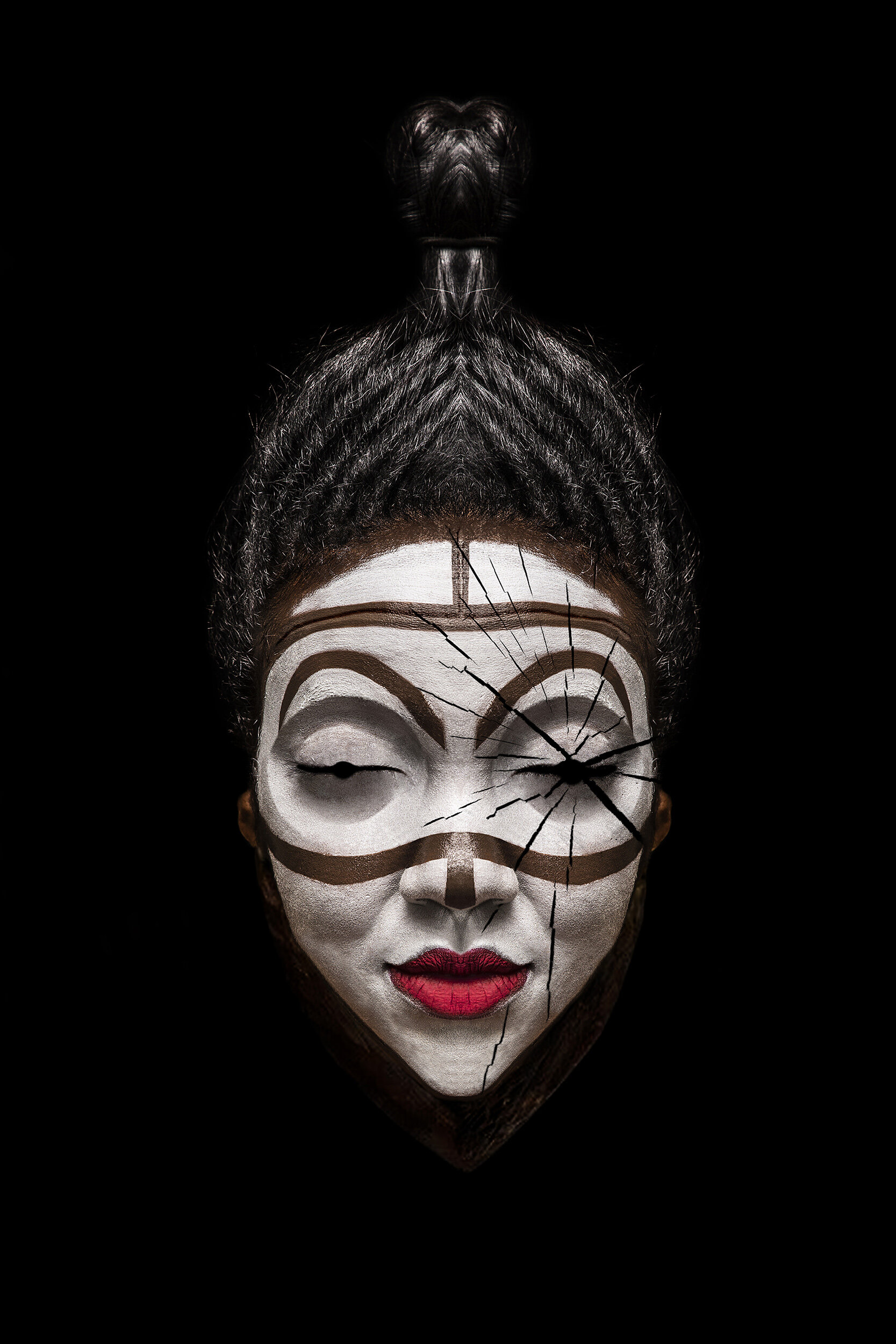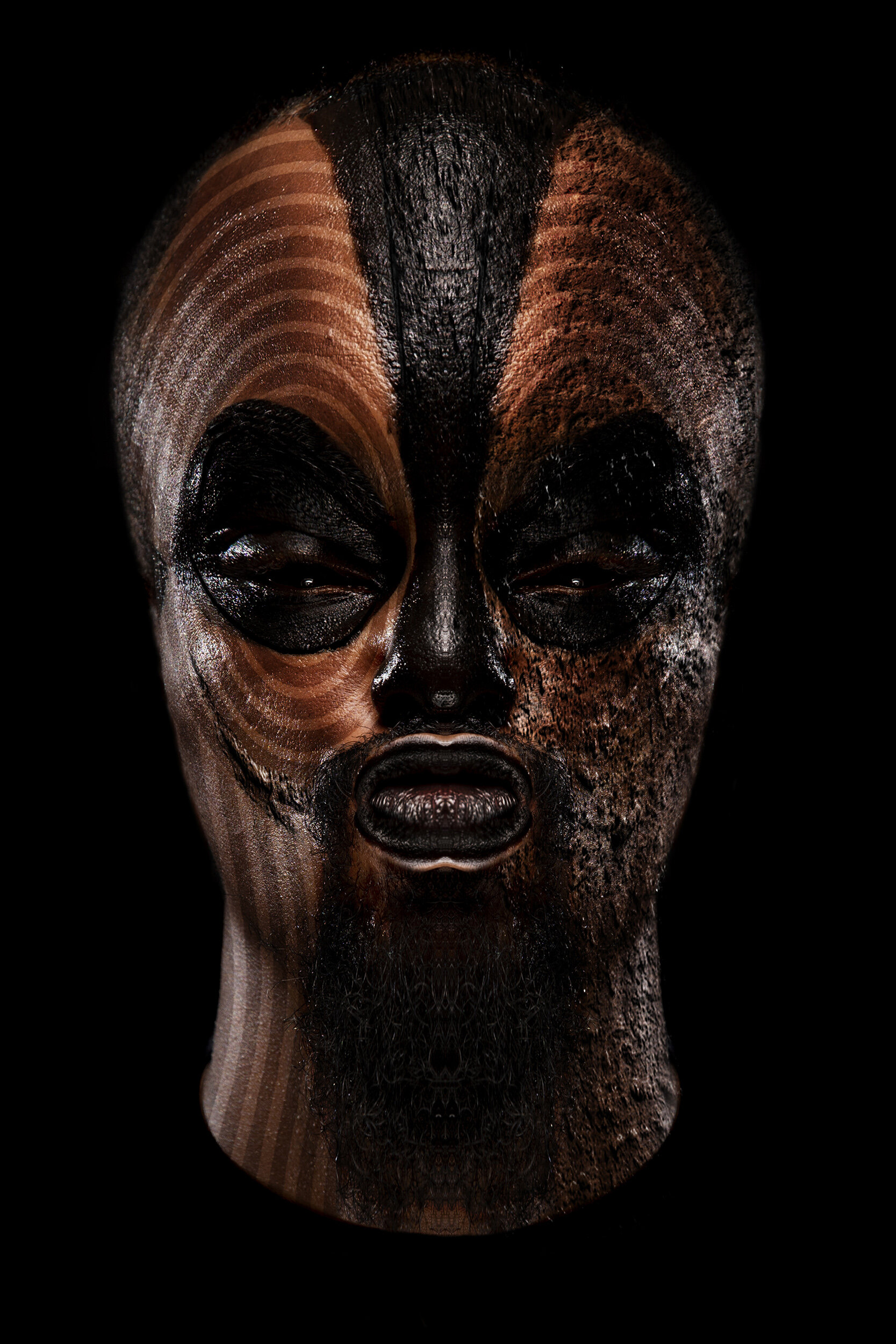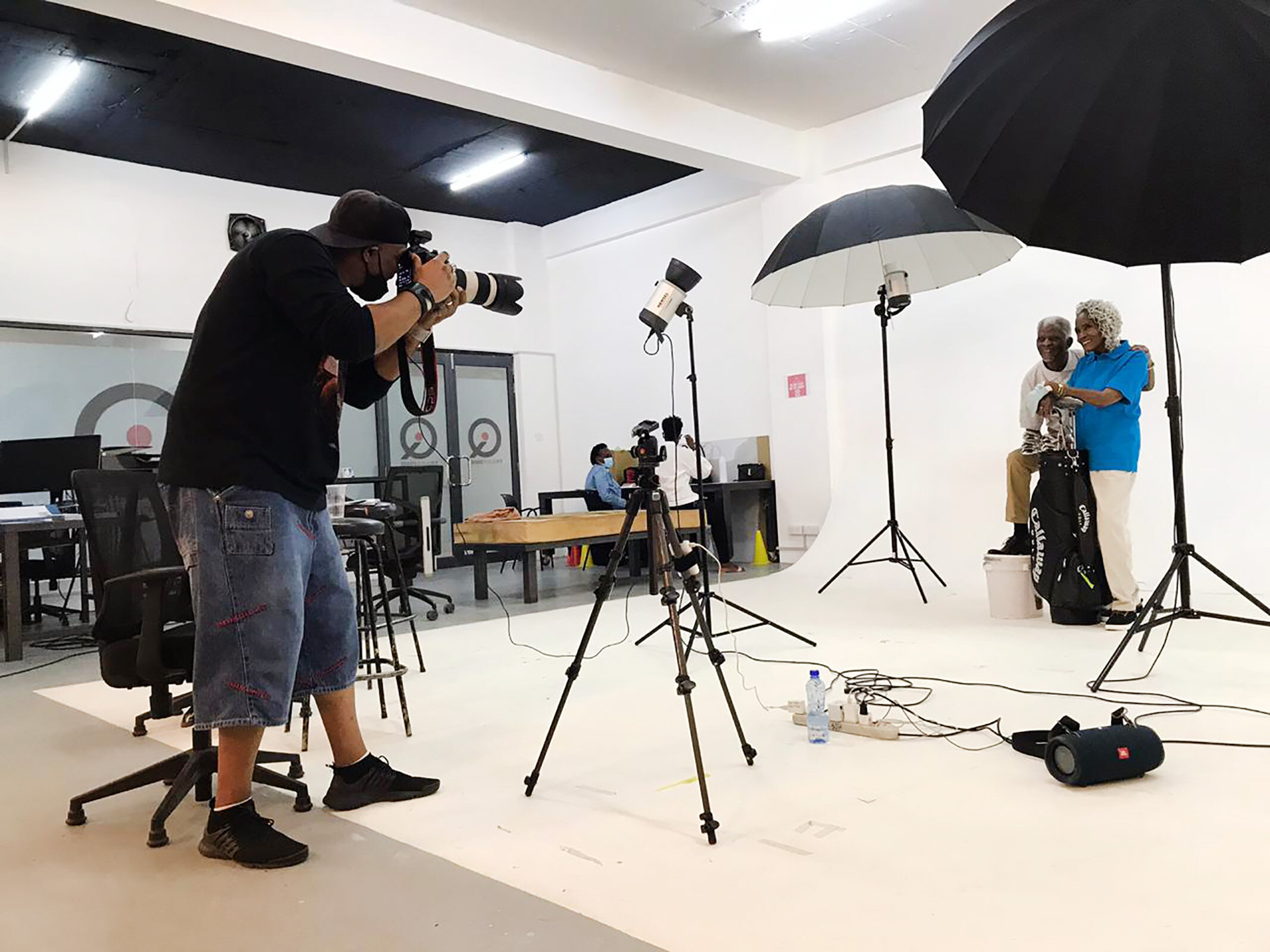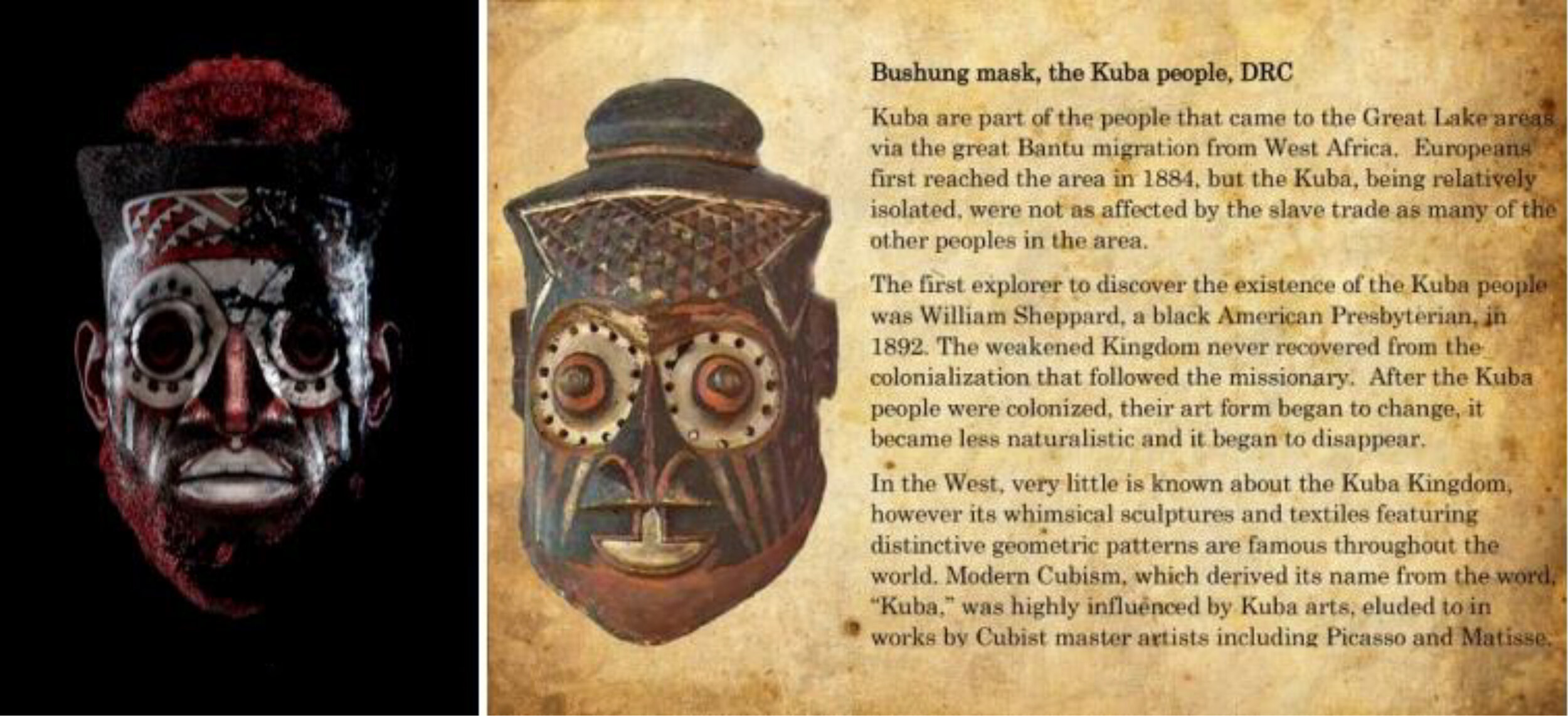Interview with Teddy Mitchener

“No matter who we are, or where we are, we all have a voice and we must use it the best way we know how, to make the world we live in just a little better.”
Teddy Mitchener
Tell us about how you decided to become an artist and why?
I grew up in Washington DC and Brooklyn around family and friends who all had African art in their homes but it was the masks on the walls that intrigued me. Throughout my childhood I kept asking myself if it was someone’s face that was actually carved into the wood.
My father was big in music but also had various hobbies like photography. Convinced I had the talent to make it big in music, he sent me to the prestigious Duke Ellington School of Arts in Washington DC where the likes of the famous comedian Dave Chappelle graduated from. To cut a long story short I missed being enrolled for music because I could not ‘read’ music but played great by the ear. My father however insisted I was an artist and must be enrolled, which happened, but within the fine art department. I graduated in 1992 in visual arts, but it was while I was in Duke Ellington that I discovered my deep passion for African art and culture. I discovered the worth of my black African roots, its richness and its interconnectedness with the rest of the world.
What influences you the most when you are in the process of creating a new artwork?
The vision of what I have in my head influences me when I am creating new art and also what I see out there. I want to be very careful that I am not unduly influenced by someone’s work or trends out there. I want what I create to be unique to me and the world out there while still communicating something we can all understand. I keep a journal of art photography concepts I want to execute and right now I have over 100 different works I am determined to get done before I put my camera down one last time.
Which artists are you most inspired and influenced by?
My inspiration comes from two great iconic African photographers, Seydou Keita and Malick Sidibe, both from Mali. These two legends present a unique opportunity to view photography through a non-Western prism. I saw people who looked like me, hailed as icons and make their way in a world that presented the image of the African with pity, disdain and apathy. These two gentlemen blazed a trail in their chosen field, and I am to do the very same.
What was, or is an artwork you especially enjoyed creating and why?
My favorite series hands down is the Disappearing Africa mask series. Masks take me back to the art works one would find in every African American home when growing up. Also as I research on which masks I would do, I got to find out the different histories of the various peoples from who I was drawing my inspiration. This history was so intriguing to me as we never learnt of this during my American upbringing. I read of the proud history of different African peoples that stretched back centuries and the impact they have on our contemporary world today…I learnt that indeed I do stand on the shoulders of giants!
How does your art create meaning or deliver your message?
All the art photography concepts I have produced to date revolve around what I may see on social and cultural or contemporary issues currently within the social discourse. My art pieces are conversation pieces and delve into issues of social justice, representation and cultural identity. My art speaks for me in a way my words cannot.
Does your work relate to racial and/or identity themes? If so, how?
My work resonates with identity themes, which may be racial, gender based, body positivity themes, and much more. I do not restrict myself to a particular talking point or theme, but to what I find I must give voice to at that particular moment in time. But yes, I do find that in all I produce, an overriding theme is all but very evident.
Do you aim to create social impact or engender any change in the art world, and the world in general?
My aim is to create an awareness to particular themes I am espousing with my work, and hopefully get the conversation started. I am no Martin Luther King Jr, or Mahatma Gandhi, but my voice, no matter how small, can contribute to the greater good, and my art work is my voice.
What is the best way to get the word out and make those changes happen?
We all must speak with our individually unique voices. That may be from a podium at some Ted Talk, or from a news commentary desk, or in a classroom in front of impressionable six-year-olds. No matter who we are, or where we are, we all have a voice and we must use it the best way we know how, to make the world we live in just a little better. We must use that bullhorn, or in my case, the camera, to have that voice heard.
Do you have a dream project? What might that be?
My dream project involves creating an art photography concept with other artistic partners who share a similar creative bent. I would love to bring together an extremely edgy hairstylist and pair them with a certifiably mad makeup artist, and marry that with a fashion stylist one step away from being institutionalized. Coupled with model actors, and me of course, the series would be a truly collaborative mad art project! I already have the project…just looking for my people!


